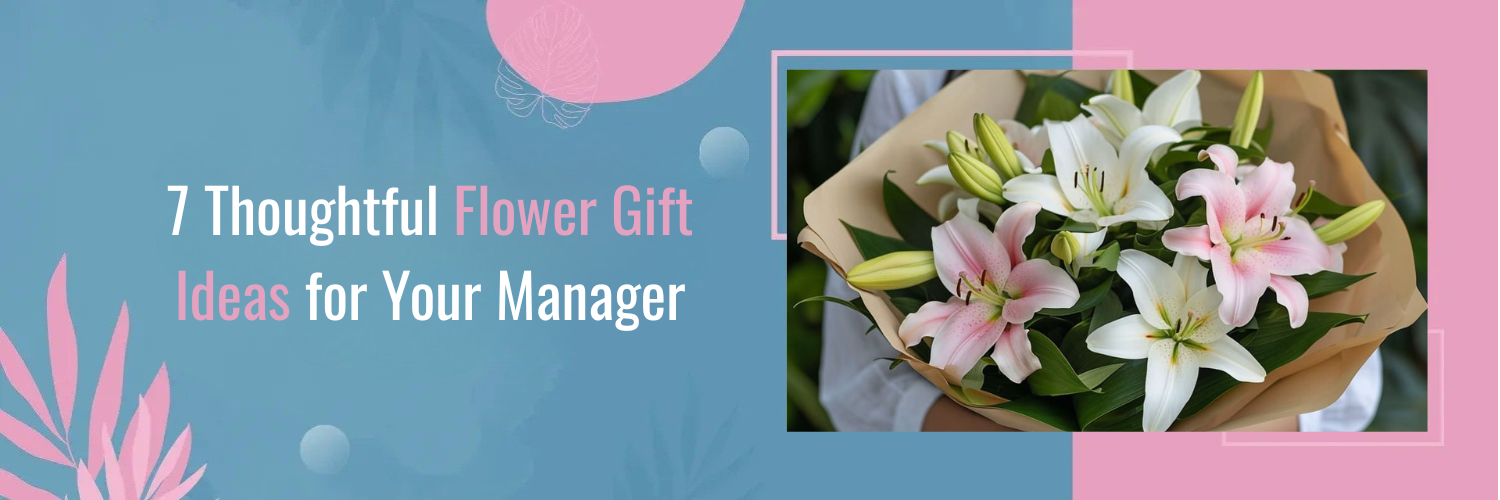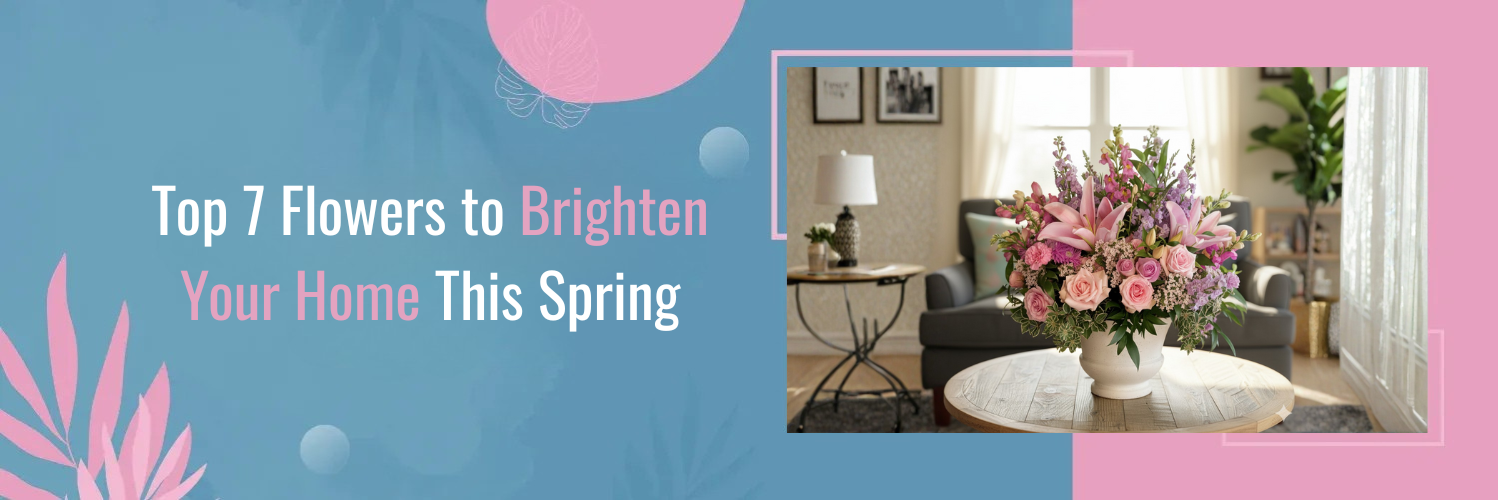Understanding African Violets

African violets are characterized by their compact rosette of leaves and clusters of small, trumpet-shaped flowers that come in shades of purple, pink, blue, and white. Their evergreen foliage provides a lovely backdrop for the blossoms, making them an attractive choice for indoor gardening. With various cultivars available, you can choose from standard, miniature, or trailing varieties to suit your preferences and space.
Environmental Needs
- Light Requirements: African violets thrive in indirect, filtered light. They prefer bright, but not direct sunlight, which can scorch their leaves. Placing them near a north or east-facing window is ideal, as it provides the gentle light they need without risking sunburn.
- Temperature and Humidity Preferences: These plants enjoy a consistent temperature range of 65-75°F (18-24°C). Avoid exposing them to drastic temperature fluctuations. Adequate humidity is essential, especially during the colder months when indoor air tends to be drier. Placing a tray of water near the plants or using a humidifier can help maintain the required humidity levels.
- Ideal Placement within the Home: Find a spot that provides the right light conditions and maintains a comfortable temperature and humidity level. Keep them away from drafts, such as those from heaters or air conditioning vents.
Potting and Soil

- Selecting the Right Pot Size and Type: Choose pots that are proportionate to the size of your African violets, allowing a little room for growth. Opt for pots with drainage holes to prevent waterlogging, which can lead to root rot.
- Choosing Well-Draining, Slightly Acidic Soil: African violets prefer soil that is airy and well-draining. Use a potting mix specifically formulated for these plants or create a mix by combining peat moss, perlite, and vermiculite. The pH should be slightly acidic, around 6.0-6.5.
- Repotting Schedule and Tips: Repot your African violets every 6-12 months, or when you notice the plant becoming root-bound. Gently remove the plant from its current pot, carefully detangle the roots, trim any damaged ones, and place it in a slightly larger pot with fresh soil.
Watering and Feeding

Watering Techniques
- Proper Watering Frequency and Methods: Keep the soil consistently moist, but not soggy. Watering from below by placing the pot in a saucer filled with water is a preferred method, as it prevents water from touching the leaves and causing spotting or rot.
- Importance of Avoiding Waterlogged Soil: Overwatering can lead to root rot, which is a common issue for African violets. Ensure that excess water can freely drain from the pot and avoid letting the plant sit in standing water.
- Using Room-Temperature Water: Cold water can shock the roots and leaves, leading to stress. Use room-temperature water to avoid temperature-related stress.
Feeding Schedule
- Understanding Nutritional Needs: African violets have specific nutrient requirements. Look for fertilizers labeled as “African violet fertilizer” or those with a balanced N-P-K ratio (nitrogen, phosphorus, potassium), along with essential micronutrients.
- Selecting a Balanced, Water-Soluble Fertilizer: Water-soluble fertilizers are well-suited for African violets. Feed your plants every 2-4 weeks during their active growth period (usually spring and summer). Follow the recommended dilution rate on the fertilizer packaging to avoid over-fertilization.
Maintenance and Pruning

Regular Maintenance
- Grooming and Cleaning the Foliage: Wipe the leaves gently with a damp, soft cloth to remove dust and maintain healthy leaf surfaces. Clean leaves allow for better light absorption and photosynthesis.
- Removing Spent Blooms and Dead Leaves: Regularly pinch or snip off faded or spent flowers to encourage the plant to channel its energy into new growth. Also, remove any yellowing or dead leaves promptly to prevent disease spread.
- Monitoring for Pests and Diseases: Keep a watchful eye for common pests like aphids, mealybugs, and spider mites. Also, watch for signs of diseases such as powdery mildew or leaf spot. Early detection and appropriate treatment are crucial to prevent these issues from spreading.
Pruning for Health and Shape
Pruning is essential for maintaining the health and aesthetics of your African violets. Pinching – the removal of the tips of new growth – encourages branching and a bushy appearance. Avoid cutting the main stem as it may lead to leggy growth. Instead, pinch just above a leaf node to promote branching. Demonstrated in video or image format, this technique helps the plant achieve a fuller form.Propagation Techniques

Propagation Methods
Expanding your African violet collection can be achieved through propagation. Leaf-cutting propagation involves selecting a healthy leaf, trimming it, and placing the cut end in a suitable rooting medium. With time and proper care, it will develop into a new plant. Additionally, offsets – miniature plants that grow alongside the main plant – can be gently separated and potted individually to create new plants. Provide high humidity and indirect light for successful rooting.Troubleshooting Common Issues

Yellowing Leaves
Yellowing leaves on African violets can result from various issues, such as overwatering, underwatering, insufficient light, or nutrient deficiencies. Adjusting your watering routine, ensuring proper light exposure, and maintaining a consistent feeding schedule can address these problems. If symptoms persist, examine the roots for signs of rot.Mold or Mildew Growth
Mold or mildew growth is often a consequence of excessive humidity and poor air circulation. To prevent this issue, avoid misting your African violets, as it can create a humid environment conducive to fungal growth. Instead, focus on maintaining proper humidity levels around the plant and improving ventilation.Drooping or Wilting
Drooping or wilting leaves often indicate root-related issues, such as root rot from overwatering or poor drainage. Carefully inspect the roots and remove any rotting parts. Repot the plant in fresh, well-draining soil, and adjust your watering routine to prevent future problems.Conclusion
 Caring for African violets is a fulfilling endeavor that requires dedication to their specific needs. By mastering the art of providing appropriate light, water, and nutrients, you’ll be rewarded with a breathtaking showcase of blooms that infuse your living spaces with vibrancy and elegance. The journey of tending to these enchanting plants and witnessing their radiant blossoms is a source of delight for every plant enthusiast. So, whether you’re a seasoned plant lover or just starting your botanical journey, don’t hesitate to dive into the world of African violet care.
Transform your home into a haven of natural beauty and grace. For more expert advice, high-quality plant care products, and exquisite violets, we invite you to explore the offerings of Bourkes Florist. Check out our website to learn more about our premium products and services
designed to enhance your gardening experience. Happy gardening!
Caring for African violets is a fulfilling endeavor that requires dedication to their specific needs. By mastering the art of providing appropriate light, water, and nutrients, you’ll be rewarded with a breathtaking showcase of blooms that infuse your living spaces with vibrancy and elegance. The journey of tending to these enchanting plants and witnessing their radiant blossoms is a source of delight for every plant enthusiast. So, whether you’re a seasoned plant lover or just starting your botanical journey, don’t hesitate to dive into the world of African violet care.
Transform your home into a haven of natural beauty and grace. For more expert advice, high-quality plant care products, and exquisite violets, we invite you to explore the offerings of Bourkes Florist. Check out our website to learn more about our premium products and services
designed to enhance your gardening experience. Happy gardening! 
















